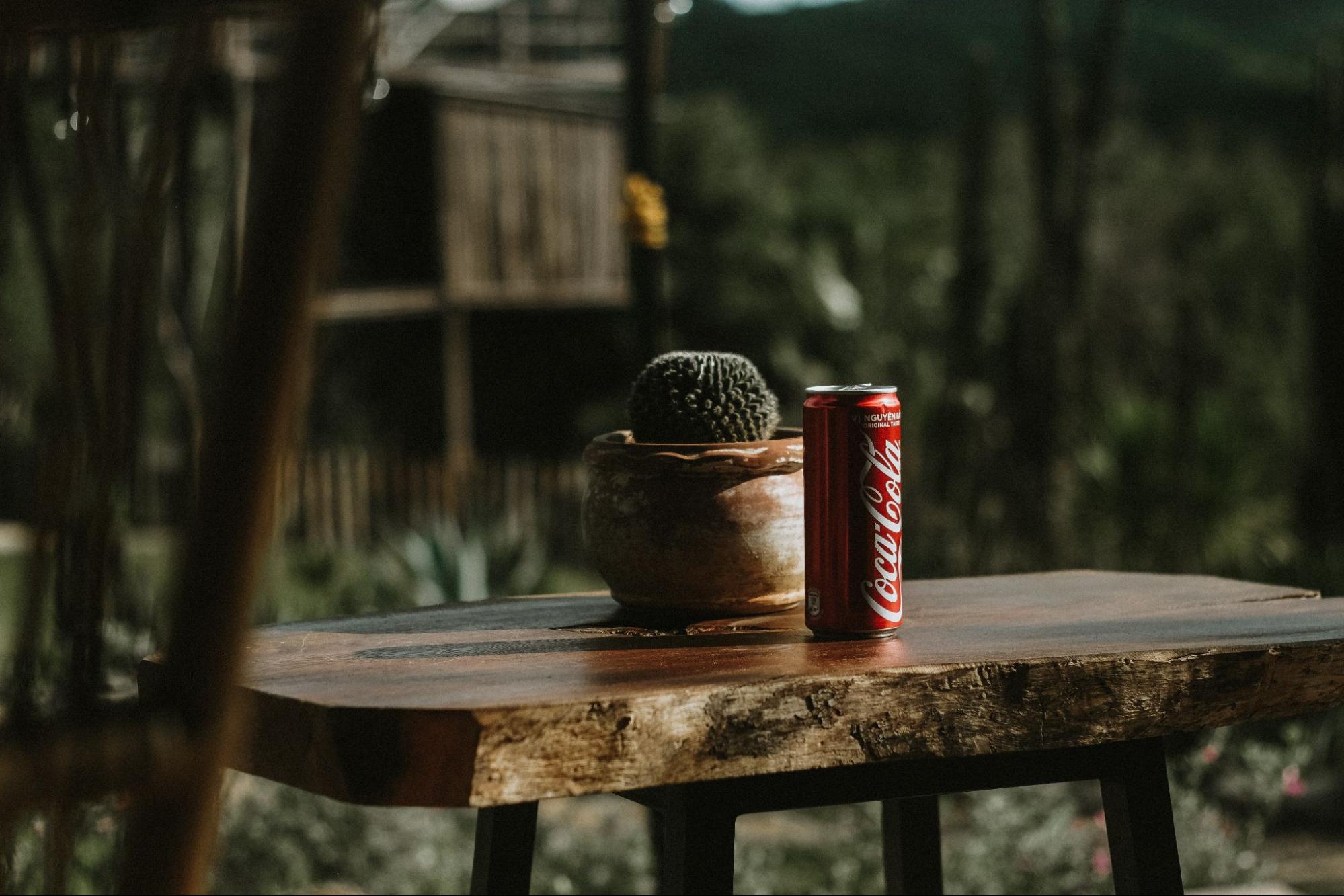
How Long Can You Leave A Can Of Soda In The Freezer
Ever wondered how long you can leave a can of soda in the freezer? As a science enthusiast, I set out to uncover the answer to this age-old question. The freezing process of liquids is governed by the laws of thermodynamics, and understanding them can shed light on how long your favorite carbonated beverage can withstand the icy conditions.
When a can of soda is placed in the freezer, its temperature begins to drop rapidly. As it gets colder, the liquid inside starts to expand. This expansion creates pressure within the sealed container. If left for too long, this pressure buildup could potentially lead to an explosive result – nobody wants a fridge covered in sticky soda!
The duration that you can safely leave a can of soda in the freezer depends on various factors such as the initial temperature of the drink, the type and size of the container, and even the specific properties of different soda brands. Generally speaking, it’s recommended not to exceed 20-30 minutes in order to prevent any unwanted accidents.
Remember, carbonated beverages are particularly susceptible to freezing due to their dissolved gases. So when experimenting with leaving your favorite soda in the freezer, be sure to keep an eye on it and avoid any potential messes or damage caused by an overzealous freeze.
The Freezing Process
When it comes to the science behind how long you can leave a can of soda in the freezer, understanding the freezing process is key. Let’s dive into the fascinating world of freezing and uncover what happens when that cold air surrounds your favorite fizzy beverage.
- Formation of Ice Crystals: As you place a can of soda in the freezer, the temperature drops rapidly, causing the liquid inside to lose heat energy. This decrease in temperature prompts water molecules within the soda to slow down and form ice crystals. These ice crystals start small but gradually grow larger as more time passes.
- Expansion and Pressure Build-up: As water freezes, it expands by approximately 9%. This expansion puts pressure on its surroundings, including the aluminum can containing your soda. The pressure from expanding ice crystals could potentially cause cans to crack or burst if left too long in extremely cold conditions.
- Carbonation Considerations: One crucial factor to consider is carbonation. Soda contains dissolved carbon dioxide gas under high pressure, which gives it that delightful fizziness we all love. When frozen for an extended period, carbonation can create additional pressure inside the can as it turns into solid ice particles.
- Potential Explosions: If a can of soda is left in the freezer for too long and reaches its freezing point – around 32°F (0°C) – there’s a risk of explosion due to over-pressurization caused by frozen carbon dioxide gas pushing against weakened areas on the container.
- Ideal Freezing Time: So, how long is too long? Generally speaking, experts recommend not leaving a can of soda in the freezer for more than two hours at most to avoid any potential mishaps or loss of quality once thawed.
Remember: each freezer may have slight temperature variations, so keep an eye on your sodas during freezing to prevent any unwanted surprises!
Understanding how freezing affects a can of soda allows us to make informed decisions about how long we can safely leave it in the freezer. By being aware of the freezing process, we can enjoy our fizzy refreshments without any unexpected explosions or compromised taste. Cheers to science and perfectly chilled sodas!

Effects of Freezing on Soda
When it comes to the science behind freezing soda, there are a few key effects that you should be aware of. Understanding what happens to a can of soda when it’s left in the freezer can help you avoid any unexpected surprises and prevent potential messes. So, let’s dive into the details!
- Expansion: One of the most noticeable effects of freezing soda is expansion. As liquid freezes, it expands in volume. This means that if you place an unopened can of soda in the freezer, the liquid inside will expand as it turns into ice. The pressure from this expansion puts stress on the container, which can lead to cans bursting or bottles cracking.
- Carbonation loss: Another consequence of freezing soda is carbonation loss. Carbonated beverages contain dissolved carbon dioxide gas that gives them their dizziness and refreshing taste. When you freeze a can of soda, some of this carbon dioxide may escape from the liquid as gas bubbles form during freezing and expansion. As a result, once thawed, your frozen soda may have less fizz than before.
- Texture changes: Freezing and subsequent thawing can also affect the texture or mouthfeel of soda. The process can cause separation between different components such as water, sugar, flavorings, and additives present in the beverage. This might result in an altered texture or even sediment formation when you pour out defrosted soda.
- Taste alteration: Lastly, freezing soda may impact its taste profile to some extent. While flavors might not drastically change after being frozen (unless there are added ingredients that don’t fare well with freezing), repeated freeze-thaw cycles could potentially degrade overall taste quality over time.





